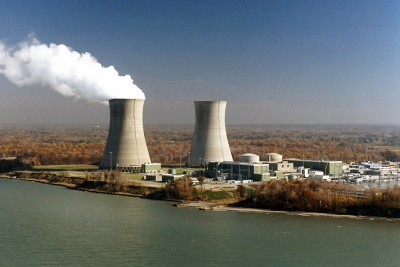
An important world record in the field of nuclear science is held by Britain, where the world’s first atomic power station was built in 1956 at Calder Hall.
Since then, the generation of electric power by atomic or nuclear reactors has become increasingly important in Europe, where over 10 percent of total generating capacity is now nuclear. This is a higher proportion than in any other continent.
The leading European nuclear country in terms of nuclear power stations is France, which generates about a third of its electricity from nuclear fuels. Then come Germany, Britain, Sweden, Finland, Spain, Switzerland, Belgium, Bulgaria, Italy, Czechoslovakia, Yugoslavia and The Netherlands.
British nuclear power stations use a variety of different kinds of reactors, including an experimental fast breeder reactor at Dounreay. This is a kind of reactor that produces more fuel than it consumes and it could in theory generate immense amounts of power in the future.
However the technological problems involved have proved extremely difficult to solve and it is now doubtful whether the fast breeder will ever fulfil its early promise. Although nuclear power stations have to date worked well and safely throughout Europe, there is a mounting problem of radioactive waste disposal.
Picture Credit : Google





 ELECTRICITY
ELECTRICITY